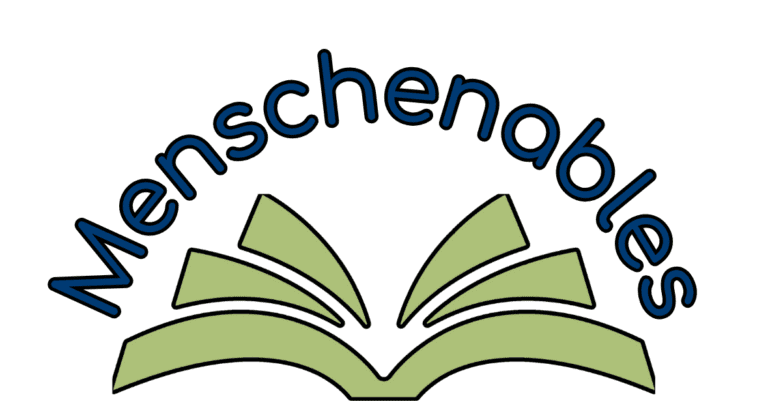Step 2: Gather and Prepare Materials for Effective Learning
A well-prepared lesson starts with having the right resources ready. Whether teaching general or Judaic studies, carefully selecting and organizing materials ensures students a smooth, engaging experience. Here’s how to do it effectively.
1. Collect Essential Materials
Before the lesson, gather everything you need, including:
- Jewish texts – Tanakh, Mishnah, or Talmud sources relevant to the lesson.
- Worksheets – Graphic organizers, comprehension questions, or discussion prompts.
- Multimedia tools – Videos, interactive slides, or online resources to enhance learning.
- Hands-on activities – Games, role-playing scripts, or creative projects for engagement.
💡 Example: If teaching a lesson on Shabbat, you might collect a Chumash with Rashi’s commentary, a video explaining the 39 melachot, and a worksheet where students match melachot with modern examples.

2. Ensure Accessibility & Organization
Students learn best when materials are clear and well-structured. Consider these best practices:
✔ Age-appropriate content – Simplify texts for younger learners while providing depth for advanced students.
✔ Organized materials – Label source sheets, number pages, and ensure all digital files are easily accessible.
✔ Visual aids – Use charts, infographics, and pictures to support understanding.
💡Example: Provide a colorful mitzvah chart instead of a long text passage for younger students learning about mitzvot.
Gathering and preparing materials in advance makes lessons more engaging, inclusive, and effective.
3. Adapt Materials for Different Learning Levels
Not all students learn the same way, so differentiate resources accordingly:
- For visual learners: Include pictures, diagrams, or videos.
- For auditory learners: Use recorded shiurim or discussions.
- For kinesthetic learners: Create hands-on activities like role-playing a Torah scene.
- For struggling readers: Provide simplified text versions or guided reading support.

💡 Example: If studying a section of Mishnah, provide a basic translation for beginner students while advanced learners work on analyzing commentaries.
4. Test Your Materials Before Class
To avoid last-minute issues:
✔ Check digital tools for functionality.
✔ Print extra copies of worksheets.
✔ Ensure hands-on materials are complete.
💡 Example: If using an online Tanakh search tool, test it beforehand to ensure students can easily navigate it.
Final Thoughts
Gathering and preparing materials in advance makes lessons more engaging, inclusive, and effective. By ensuring resources are accessible, organized, and adaptable, you set the stage for meaningful learning experiences.
Would you like help crafting specific lesson materials or worksheets? Let me know! (Click Here to send me an email!)

